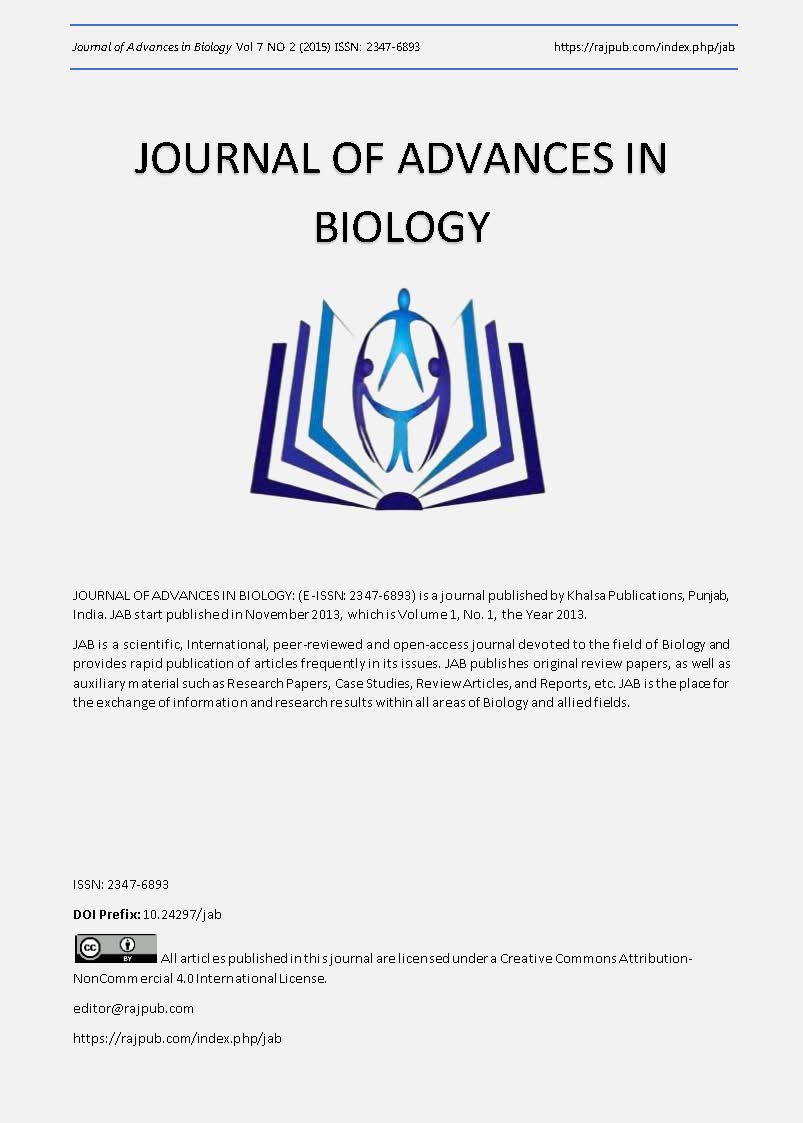Qualitative and quantitative changes in the haemogram of desert locust Schistocerca gregaria (Orthoptera: Acrididae) by extracts of Nigella sativa (Ranunculaceae).
DOI:
https://doi.org/10.24297/jab.v7i2.4566Keywords:
coagulocytes, cytopathology, granulocytes, haemocyte count, methanol, n-butanol, petroleum ether, plasmatocytes.Abstract
The present work was carried out aiming to assess the Nigella sativa extracts on some hematological parameters of nymphs and adults of the dangerous pest Schistocerca gregaria. Only three haemocyte types were recognized in haemolymph of nymphs and adults, viz., plasmatocytes (PLs), granulocytes (GRs) and coagulocytes (CGs). In the haemolymph, total haemocyte count increased or decreased depending on the developmental stage, nymphal age and extract. All N. sativa extracts exhibited prevalent inhibitory effects on PLs in nymphs and adults. In contrast, GRs was generally enhanced in nymphs and adults by both methanol and petroleum ether extracts while promoted by n-butanol extract in nymphs and inhibited adults. Also, enhanced or inhibited CGs depended on the developmental stage, nymphal age, extract and concentration level. The majority of N. sativa extracts caused several morphological and intracellular disorders in some hemocytes. The cytopathological symptoms could be described as: cell lysis, destroyed plasma membranes, extruded cytoplasmic contents and vacuolated cytoplasm and nuclei.
Downloads
Downloads
Published
How to Cite
Issue
Section
License
 All articles published in Journal of Advances in Linguistics are licensed under a Creative Commons Attribution 4.0 International License.
All articles published in Journal of Advances in Linguistics are licensed under a Creative Commons Attribution 4.0 International License.




